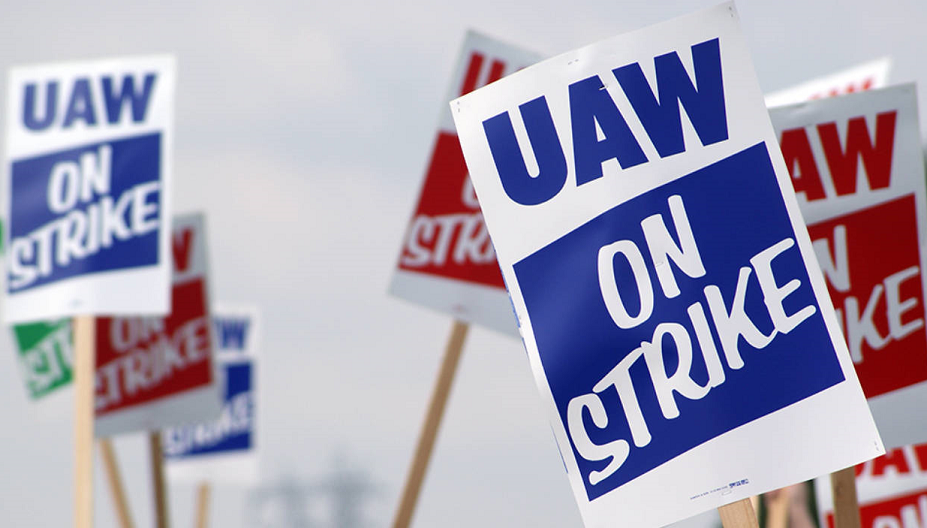When Will the Strike End?
September 26, 2019
Although new developments state there may be an agreement as early as the end of this weekend, the strike continues to take a toll on General Motors and the United Auto Workers union. The UAW moved to clear confusion about how the strike may end if and when a settlement is reached.
Brian Rothenberg, the UAW’s director to communications said in an e-mail, “The UAW GM Council when they voted on the strike also voted that the strike will not end until the Council votes and agrees to end it. At that time the Council can set the date for ending a strike including if they so choose upon ratification.”
There have been recent additional tensions. GM and the union have a disagreement regarding GM’s decision to ask a judge in Maury County, Tennessee, for an injunction regarding the placement of UAW pickets outside an assembly plant in Spring Hill, Tennessee.
The Spring Hill plant once housed GM’s Saturn Division, which was supposed to serve as a symbol of industrial cooperation between the company and the UAW. Saturn vanished during GM’s bankruptcy in 2008 and the plant has now become a flash-point in the tense standoff between the automaker and its principal union.
As many as nine UAW members have been arrested for blocking traffic into and out of the Spring Hill plant, according to news reports and social media posts.
“Across the country, more than 48,000 UAW members, their families, friends, and neighbors are peacefully exercising their right to picket in support of the union’s strike for better wages, quality affordable health care, and job security. We are committed to conducting all strike-related activities safely, lawfully and we will continue to work with law enforcement as issues arise,” the UAW said in a statement over judge in Maury County issued the injunction that limited picketing around plant.
Union representatives were particularly miffed because Tennessee laws requires one side to notify the other about the request for an injunction. GM did not notify the union and instead went to a judge to sign the order.
For its part, GM insisted it had to get the injunction to protect its employees and its property.
GM said in a statement, “We recognize the right of our employees to engage in lawful protests during the strike, but the safety and security of the public and our employees are our highest priority. After dialogue failed to stop the incidents of harassment, violence and vandalism by a few people, we had to take necessary actions to protect everyone involved.”
At the bargaining table, the two sides have yet to come up with a formula that would meet the union’s demands to maintain health-care benefits and make temporary employees full-time. Approximately 7% of GM workers are now temps but GM is hoping to increase the percentage as prepares for the auto industry’s next recession.
The company’s position is that GM already has moved away from its demands that workers pay more for health care, but it needs to offset the cost with lower wages paid to temporary workers.
According to observers, for striking members the equation is also quite simple since they see GM’s record profits and insist the company can improve the status of the temporary workers.
Meanwhile, Navistar announced it was laying off temporarily some 1,400 hourly workers at its plant in Springfield, Ohio, due to a parts shortage created by the strike at GM.
Szczensny, Joseph. (2019). “GM, UAW Exchange Barbs as Strike Costs Mount”. Retrieved from https://www.thedetroitbureau.com/2019/09/gm-uaw-exchange-barbs-as-strike-costs-mount/.
